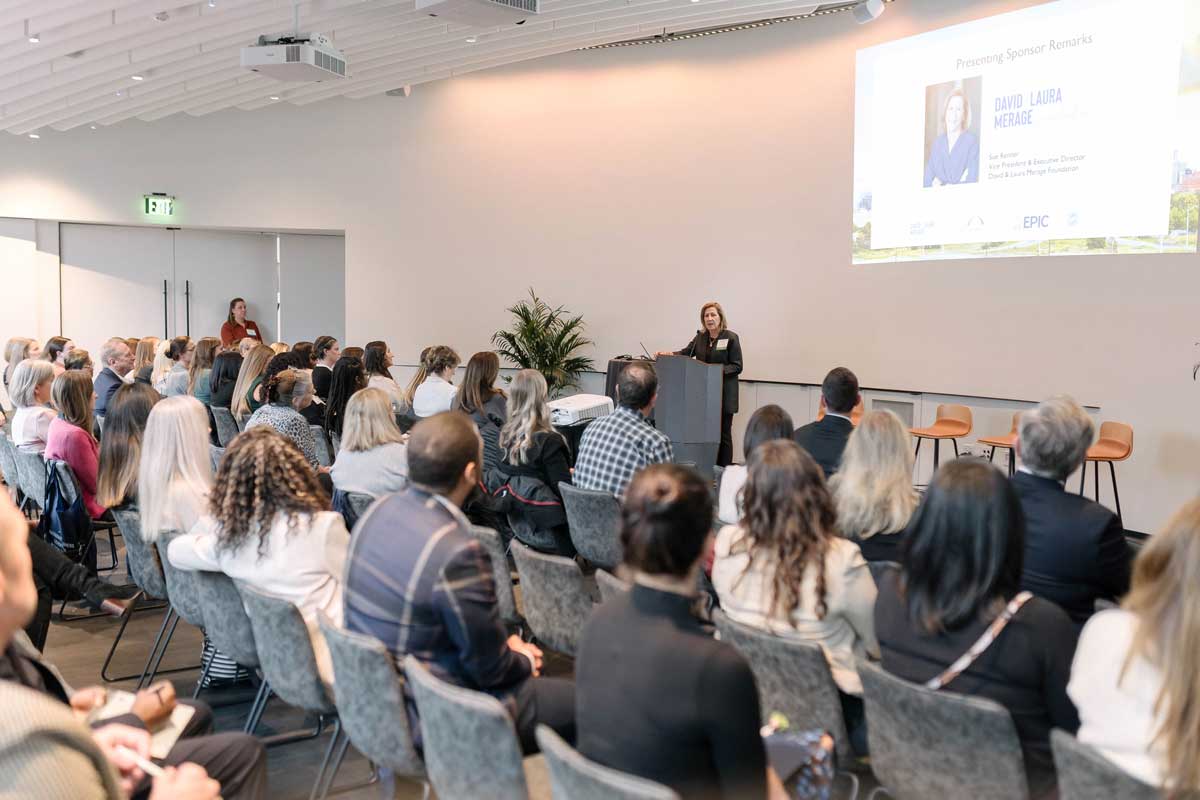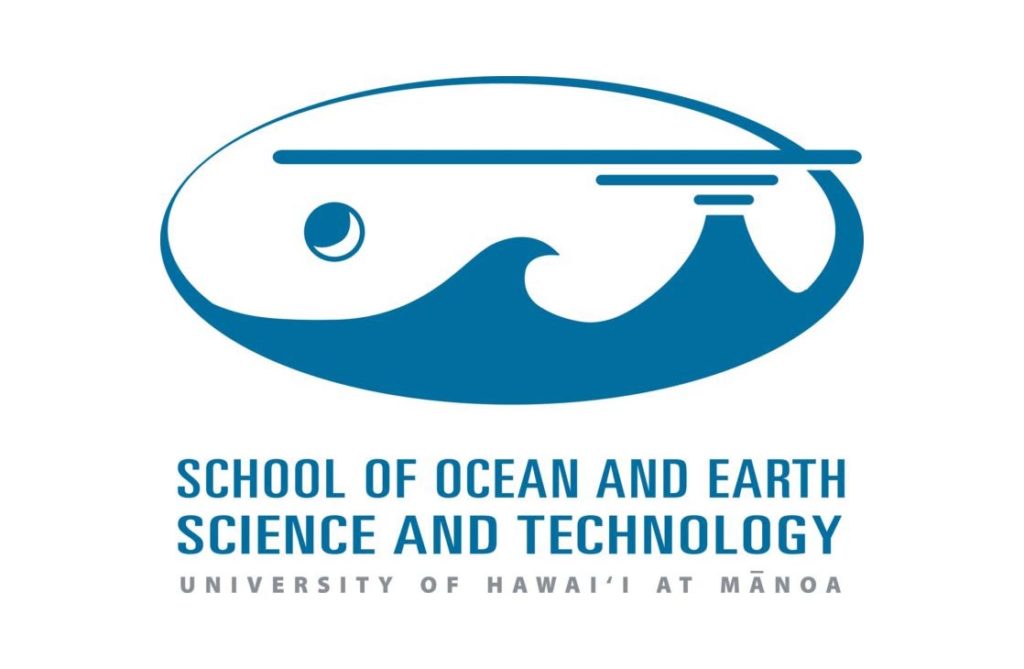The Jonathan Merage Foundation and the University of Hawaii’s School of Ocean and Earth Science and Technology are expanding their existing partnership to include a new three-year project. This project aims at improving severe weather forecasting and warning lead-times for thunderstorms that occur over northeastern Colorado, also known as the Front Range. The existing partnership allowed key researcher Dr. Steve Businger to place 12 Lightning Mapping Array (LMA) stations north of Denver. While LMA sensors are able to track lightning data, they have also revealed unique tornado signatures thirty minutes prior to the formation of a tornado and can predict severe storms that cause damaging straight-line winds and large sized hail.

University of Hawaii, Jonathan Merage, Jonathan Merage Foundation. This new project will include the installation of two new LMA sensors to be installed this year, with the remaining 4 sensors being installed over the next two years.
Not only will this project allow us to provide better information to the Colorado community about incoming and potential severe thunderstorms, but it will allow scientists to study and refine relationships between lightning information and the tornadic potential of thunderstorms. It will allow us to better predict dangerous stormsand improve lead-times for tornado warnings, which has the potential to save lives.
Professor Steven Businger, chair of the Atmospheric Science Department at the University of Hawaii and project lead
The Jonathan Merage Foundation established this partnership with the University of Hawaii in 2016 due to founder and philanthropist, Jonathan Merage, having a unique interest in severe weather research. Since the beginning of this partnership, Dr. Businger has collaborated with the foundation on a variety of informative projects. Last year, the research team was supported in a year of investigating long-range lightning data.
Last year we developed a tropical storm model that can assimilate lightning data. This year we aim to improve the way cloud processes are handled in the model and run some case studies, such as Hurricane Patricia and Typhoon Haiyan, through the model. This year will get us closer to our goal of improving our ability to predict the track and intensity of tropical cyclones.
Professor Steven Businger




